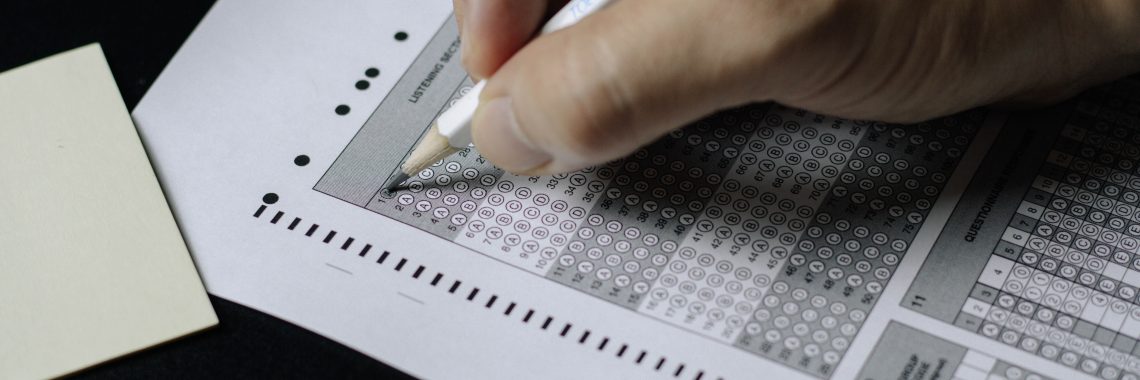Proposed Constitutional Amendment Would Remove Legislative Oversight From Arkansas’ Public Education

A proposed constitutional amendment would make it more difficult for the Arkansas Legislature and the governor to oversee public education or hold educators accountable.
Arkansans For World Class Education is working to place the “Public Schools Amendment of 2022” on the ballot this November.
Among other things, the proposed amendment would remove the provision in the Arkansas Constitution that gives the state’s General Assembly the ability to make laws concerning the State Board of Education.
Currently, the Arkansas Constitution says,
The supervision of public schools, and the execution of the laws regulating the same, shall be vested in and confided to, such officers as may be provided for by the General Assembly.
Under this provision, the General Assembly gets to establish offices that oversee public education — such as a Department of Education, Secretary of Education, and State Board of Education. The governor appoints people to fill those positions.
The Public Schools Amendment of 2022 would strike this provision from the constitution, and replace it with new language that puts an unelected board in charge of public education in Arkansas. The amendment says that anyone who has served on the State Board of Education in the past 10 years would be ineligible to serve on this new board, and that the governor and the Arkansas Legislature would not have the power to review or approve new rules or policies the board makes concerning public education in Arkansas.
If the legislature and the governor cannot govern the State Board of Education and the rules that it writes, then just how much oversight would public education have in Arkansas under this amendment? The answer, it seems, is very little.





